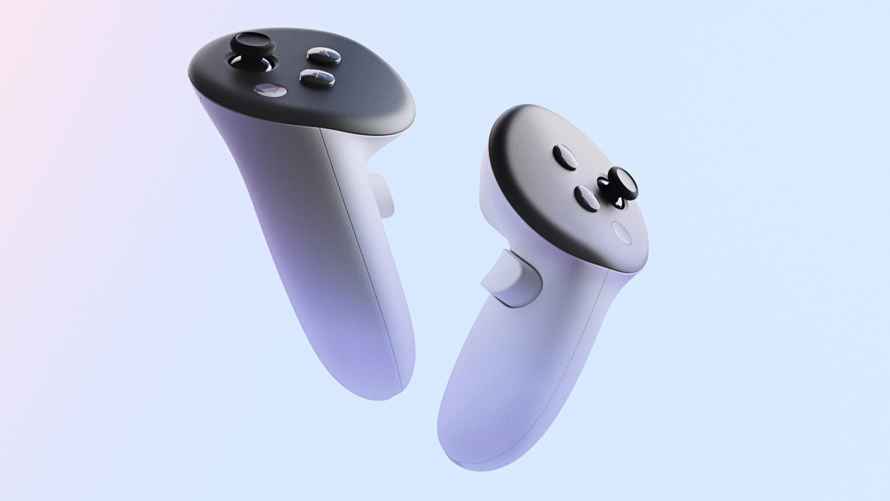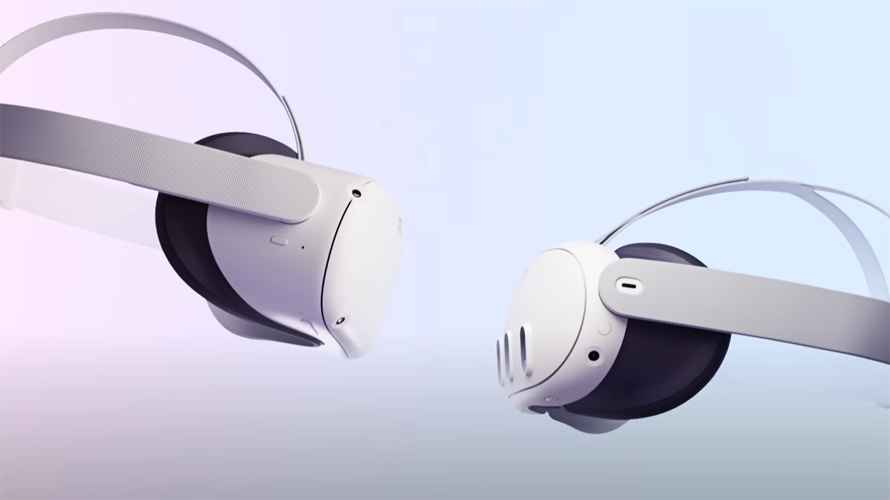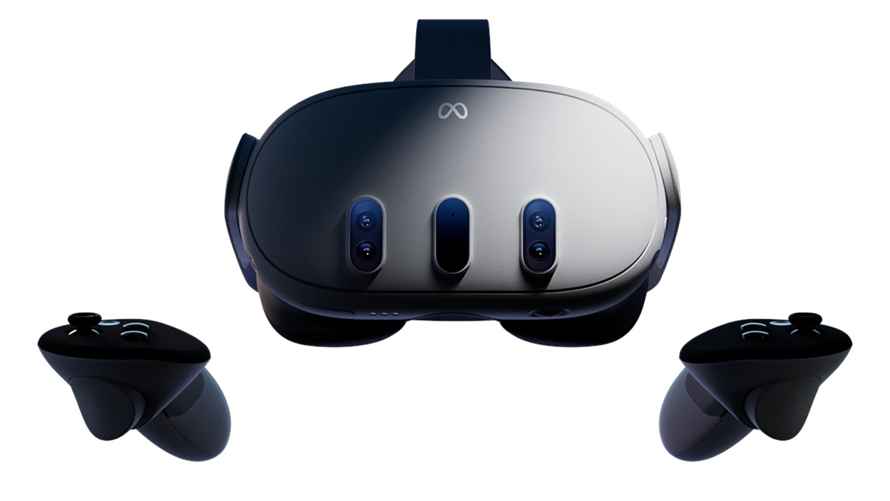Meta Quest 3 Review
Let’s be honest. If you’re a fan of VR, you’re probably a little used to disappointment. For one thing, while there are some fantastic games and applications built for VR, it still doesn’t feel quite essential. Speaking for myself, each time I’ve purchased a new VR headset, I’ve thought “OK, this time it will fulfill its potential.” I guess what I really mean is that the cost and comfort of the gear finally balance with the experiences it provides. Happily, the Meta Quest 3 comes very close to doing just that.
My history with VR has included the original Oculus/Meta Quest, Quest 2, and first-gen PlayStation VR. The Quest Pro was far too expensive, and I passed on the PS VR2 because I just can’t go back to the tethered experience. It’s awkward, claustrophobic, and impractical for where my gear and play space are located. With Quest’s ability to wirelessly link to Steam VR games, there are few games that I can’t enjoy. There’s no doubt that the Quest 2 suffered from underwhelming resolution, an unimpressive pass through system and tepid processing power. But the freedom to play Beat Saber untangled in cables was worth it.
Specs Tell Part of the Story
Arriving only three years after the 2020 Meta Quest 2, the Quest 3 feels like a significant upgrade. I emphasize feels because so much of the VR experience is about comfort and perception, more than raw power and stats. The Quest 3 is still powered by a single chip CPU/GPU processor, the Qualcomm Snapdragon XR2 Gen 2 chip with 8GB RAM. But it’s a big step forward for sure.
Although maybe not as vibrant as the PS VR 2’s OLED screens, Quest 3’s per-eye resolution has been upped to 2064×2208 on lighter, pancake LCD screens. Overall, Meta is claiming a 30% performance improvement. The spatial audio has been improved in clarity and bass response by 40%. I can absolutely hear the difference. The Quest 3’s field of view is 110º horizontal; 96º vertical. Those are moderate but noticeable increases from the previous model.

Along with impressively improved specs, the Quest 3 has undergone several design changes. These include a new configuration for the color pass through cameras and depth sensors on the faceplate. Overall, the device is thinner, if just a little bit heavier at 530 grams (the Quest two weighed in a 515). The added heft pretty much imperceptible. The USB charging port has been moved to one of the head strap arms and IPD (inter pupillary distance) adjustments are now done via a wheel under the device. The padded foam facial interface is adjustable between four distances to accommodate eyeglass wearers.
Strap It On
Meta Quest 3’s stats are encouraging, but how it feels and the experience of gaming and augmented reality are what counts. If all the numbers don’t add up to a more comfortable and exciting experience, they’re just numbers.
The good news is that Meta Quest 3 is as comfortable as it probably can be, given the necessity of having the battery and processing on the headset itself. That sounds like faint praise, but no wireless headset can be as light as a tethered one. The Quest 3’s standard head straps are a major upgrade from the Quest 2 and adjust in an entirely new way. Importantly, the Quest 3 feels extremely well balanced, and not uncomfortable for extended periods. The Quest 2’s aftermarket or branded pro straps are unfortunately incompatible with the new device.

If you’re an eyeglass wearer like myself, you’ve come to accept that glasses and VR headsets are an imperfect match. Thanks to the adjustable facial interface, the Quest 3 probably comes the closest to comfort in this regard. I’m farsighted, but I can read text with relative sharpness without glasses with the headset on. There are aftermarket custom lenses that are also available. Bottom line, depending on your glasses’ frame size and style, you can probably wear them relatively comfortably with the Quest 3.
When Reality Gets Mixed
Thanks to an outstanding pass-through color camera system, I’m sold on the potential of augmented reality. Quest 3 includes a short AR demo, but there are plenty of applications making use of the technology. It’s one-button-press easy to access the pass-through cameras to attend to the real world. The view isn’t perfectly sharp, but clear enough to read a text on your phone.
In addition to working with Steam VR, Quest 3 is backward compatible with all Quest 2 games and applications. Many of your favorites have upgrades or additions that make use of the new headset’s power and enhanced graphics. It’s disappointing, however, that the Quest 3 didn’t release with at least one or two exclusive games or killer apps. December’s Asgard’s Wrath 2 is included, just in time for Christmas. But what about now?
At $499 for the 128 GB version and $649 for the 512 GB model, Quest 3 comes in cheaper than the PS VR2, much less than the Quest Pro, and not even close to the upcoming Apple Vision Pro at $3500. Not that there are a huge number of choices, but Meta Quest 3 is the clear winner in the wireless VR headset space. The Quest Pro has slightly better specs, but only in some categories.

I’m Sold
Whether wired or wireless, made by Apple or Meta, it doesn’t matter. VR headsets are still slabs of plastic strapped to your face. When it comes to build quality, visual clarity, sound, and comfort, the Meta Quest 3 is a standout product. Although it lags in new and exclusive games, it does support your existing Quest library and a huge number of games and apps from the Steam VR store. Whether you use it for gaming, using a virtual desktop or working out with a number of excellent fitness apps, the Meta Quest 3 is much more than a cosmetic upgrade from the Quest 2.
The Good
- Outstanding pass through cameras
- Improved, sharper graphics
- Improved sound
- Build quality is excellent
- Balanced when wearing
The Bad
- No exclusive games at launch
- Still a little uncomfortable with glasses
- Included strap is just ok

